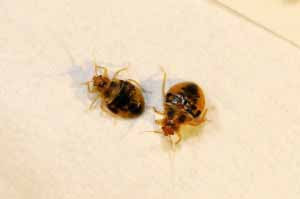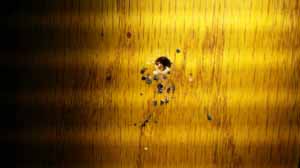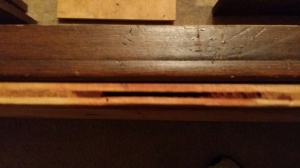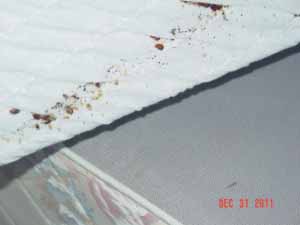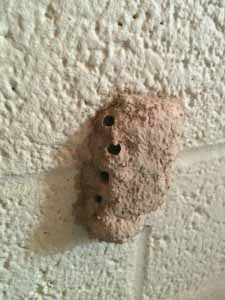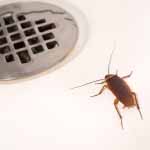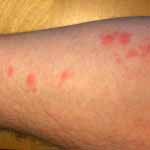DIY or Do It Yourself products and your ability to attack the unknown enemy – bugs. The article “Essential Oils fail at killing BedBugs” puts the light on those “natural products.
I have said it numerous times, those “GREEN” products might work at the moment they are sprayed but generally they don’t have a residual which is essential to the long-term effect of something like BedBugs. If you can see the bug it may work fine if you spray them directly but there is NO long term effect.


